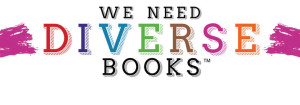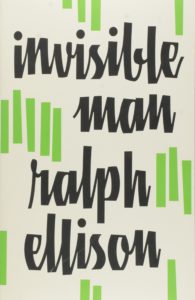When The Opioid Crisis Gets Really Real
 I had a conversation this week with a neighbor about her outrage about seeing disposal bins for dirty syringes in the bathroom of our local public library.
I had a conversation this week with a neighbor about her outrage about seeing disposal bins for dirty syringes in the bathroom of our local public library.
“I can’t believe they put these things in places where my children can see them,” she said. “This is only encouraging drug use. It is just not responsible.” (On the left is a picture of the bin she is talking about.)
But what is responsible here? The opioid crisis is a very real problem everywhere, including in public libraries, where staff members and patrons are put into the unfortunate position of seeing this problem first hand. Users are shooting up in the library. Apparently, there have been 25 “narcotic related illnesses” in Boston public libraries in the last year and librarians sometimes have to administer Narcan to overdose victims. This is a fact, whether you are comfortable with it or not. I am not a public health expert and don’t know of a better solution; however, I would prefer the libraries to have needle disposal bins so at least if the user is shooting up, they will dispose of their needles safely. I have been in five bathrooms in other public spaces in the last four months where I have found dirty needles in the sink, on the floor, in the regular trash bin or even in the toilet. Would my neighbor prefer her kids encountering the needles that way?
I ride the T a lot and have seen my share of people overdosing on the train or bus. One time a woman sitting across from me on the train passed out, fell to the ground and started foaming out of her mouth. Other passengers had the train stopped and took her off. An ambulance came a few minutes later and took her away. I hope she survived. Another time, I was standing near my local commuter rail station and saw a woman lying down on the bench. I just thought she was a homeless woman sleeping at first, but when I looked closer, I thought she couldn’t be homeless, as she was very well dressed, but lying face down with a very slow breathing pattern. Another woman came up from behind me and shook the lying woman to wake her up, which she didn’t. Then I noticed there was a used syringe lying under the bench. At that moment, the other woman called an ambulance. The ambulance came and took the overdosed woman away. I hope she survived too.
Again, I don’t know what the solution here is, but life has become really real.


